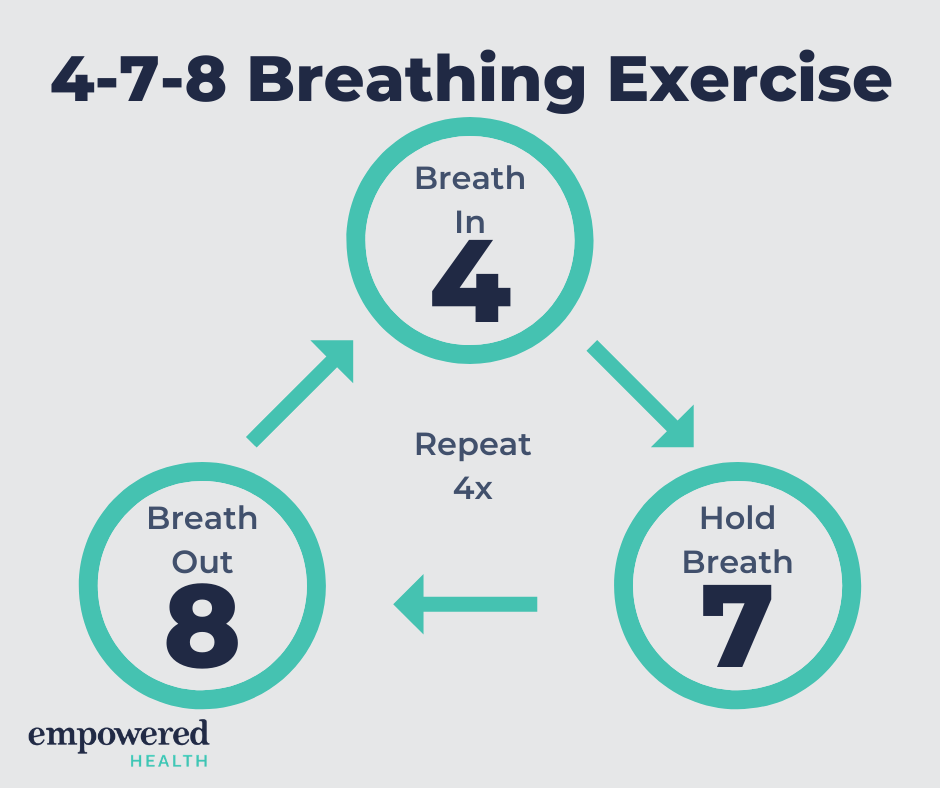The Relaxing Breath

Our bodies are miraculous wonders of biology. Filled with systems to keep us moving toward homeostasis or a balance within our physiological systems. One of the biggest disruptors of homeostasis is chronic stress. Whether that stress is from a 400-pound grizzly bear running right at you or a looming deadline at work, our body will respond in the same way.
The stressor will trigger the sympathetic nervous system, better known as the fight-or-flight response. As you can imagine, this is great when dealing with a grizzly bear. In that situation, your body shuts down unnecessary systems and activates others to make sure you can do any and all actions that will better ensure survival: run away or stand and fight.
Complications start to arise when the stress response is activated by an event that is not going to cause you imminent harm. You may be working hard to get that project done to meet the upcoming deadline, but you are also trying to manage your kids being home from school during the week, you haven’t been able to get to the grocery store for a few days and have no idea what to make for dinner, and you just got a call that your sister is sick and it might be the coronavirus. Some of these stressors will come and go quickly, but others will linger for days, weeks, or even months.
It’s these long-term stressors that lead to chronic stress, and can cause you to begin to have symptoms of chronic fatigue, inflammation, along with many other unfavorable health conditions.
You may not always be able to manage the stressors in your life, but I can tell you there is one, easy to use technique that can help you to manage your body’s response and deactivate the sympathetic nervous system. Deep, diaphragmatic or belly breathing, can activate the parasympathetic nervous system, otherwise known as the “rest and digest” system. Think of this as the system that is active when you are in a calm, relaxed state, and ready to do all those activities that don’t require you to run for your life or stand up and fight: eating, breeding, dancing, creating.
There are many options out there for doing deep diaphragmatic breathing. The one that we recommend you try is known as the Relaxing Breath or the “4-7-8 Breathing Exercise” (1). This technique can be performed anywhere, anytime, and no one even has to know you are doing it. By breathing deep into your belly with each inhale and using your diaphragm to fully exhale, you will be signalling to your body that you are safe and it is time to relax, activating the parasympathetic nervous system and shutting down your body’s stress response.
To do the Relaxation Breath, follow these five simple steps:
1. Exhale completely through your mouth, making a whoosh sound.
2. Close your mouth and inhale quietly through your nose to a mental count of FOUR.
3. Hold your breath for a count of SEVEN.
4. Exhale completely through your mouth, making a whoosh sound to a count of EIGHT.
5. You have now completed one full breath. Repeat the cycle three more times as often as needed throughout the day.
https://www.drweil.com/videos-features/videos/breathing-exercises-4-7-8-breath/
